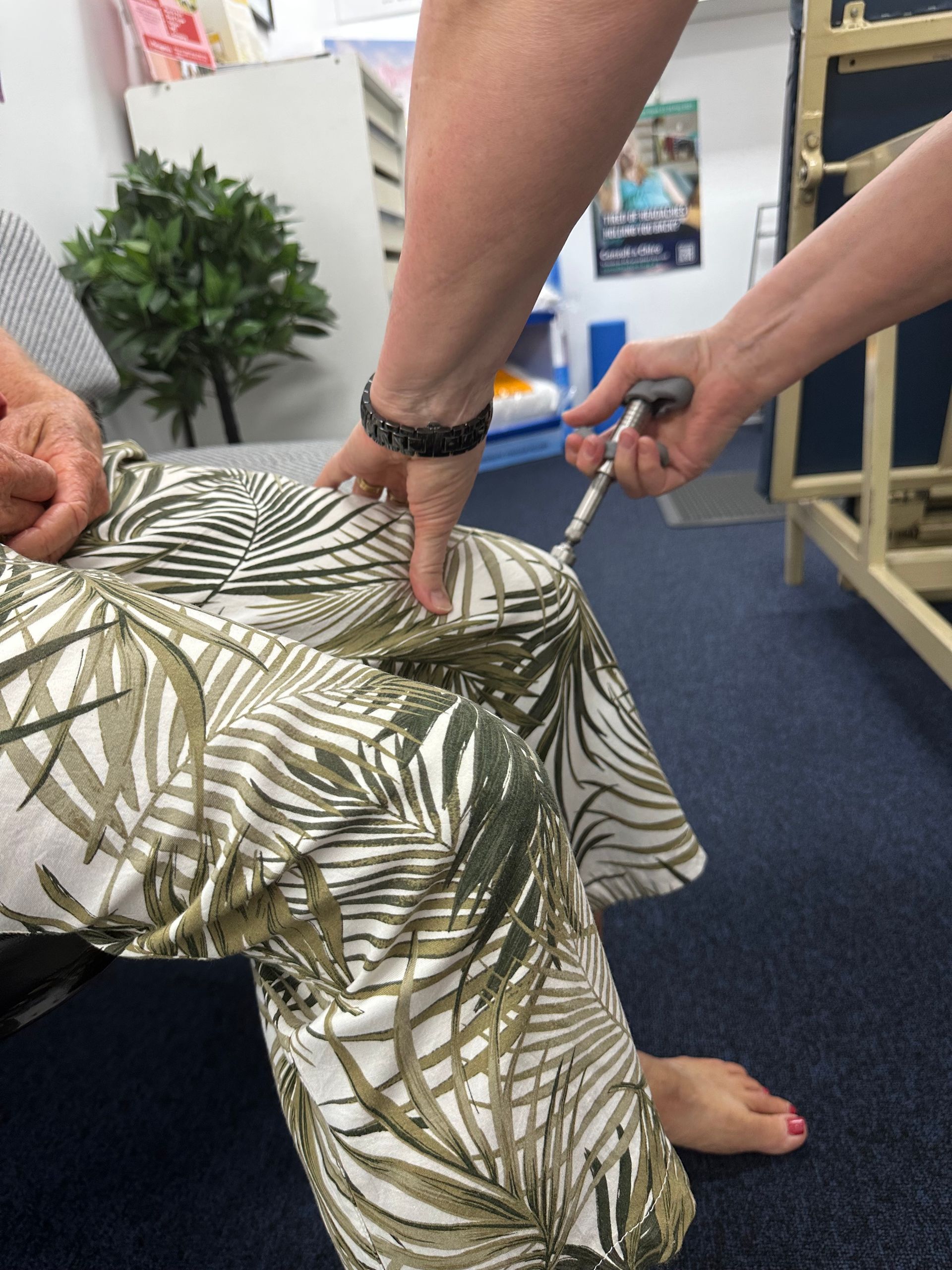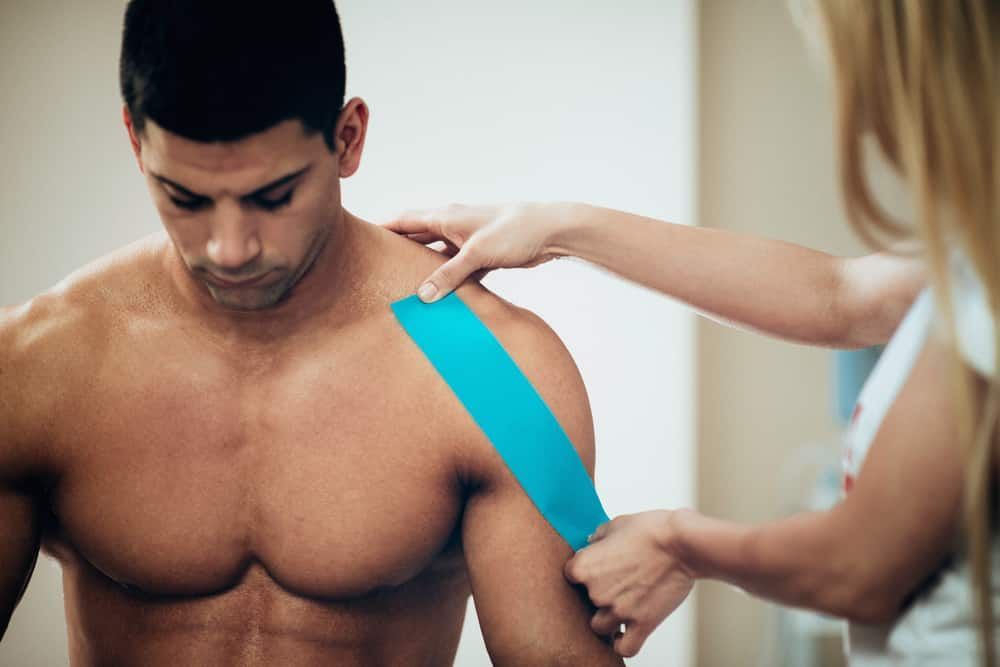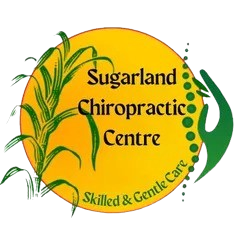Sports Rehabilitation in Bundaberg
- AHPRA-Registered Chiropractors
- Evidence-Informed Treatment Plans
- TGA-Approved Therapies
Request a Callback
Thank you for contacting Sugarland Chiropractic Centre.
We will get back to you as soon as possible.
Oops, there was an error sending your message.
Please try again later.
Bundaberg Sports Rehabilitation
Athletic performance relies on mobility, balance and controlled recovery, and when injury strikes, the right rehabilitation approach can make all the difference. At Sugarland Chiropractic Centre in Bundaberg, we provide evidence-informed sports rehabilitation programs designed to restore movement, reduce the risk of reinjury, and support a safe return to activity.
Our programs cater to a wide range of recreational and occupational athletes, from those managing chronic overuse injuries to individuals recovering from acute sprains, strains or joint dysfunction. By combining hands-on care with structured rehab strategies, we help support recovery across all stages of healing.
Each plan is based on a clinical assessment of the injury, its underlying causes and your movement patterns. To book a consultation or learn more about how we can assist, call (07) 4153 2233.
Movement-Focused Recovery for Active Individuals
Sports rehabilitation addresses more than just the injured tissue—it considers how poor mechanics, posture, or compensatory patterns may have contributed to the injury in the first place. This form of care typically includes chiropractic adjustments for joint dysfunction, soft tissue techniques to manage strain and progressive exercises that rebuild strength, flexibility and control. A critical component is movement retraining, which helps re-establish normal patterns and reduce the likelihood of recurring injury.
Injuries commonly managed through sports rehab include ankle sprains, hamstring strains, shoulder impingement, tendonitis and spinal issues like facet joint irritation or sacroiliac dysfunction. Assessment tools may include posture and gait analysis, range of motion testing, and muscular endurance screening. From this, a phased recovery program is developed to gradually reintroduce load and activity while protecting healing tissues. Education on warm-up routines, load management and ergonomics may also form part of long-term injury prevention.
Frequently Asked Questions
What is sports rehabilitation and how does it work?
Sports rehabilitation is a targeted recovery process for individuals with activity-related injuries. It involves a combination of manual therapy, exercise, and movement retraining to restore physical function and prevent future injury. The goal is to return the individual to their pre-injury level of activity through progressive stages—starting with reducing pain and inflammation, followed by restoring mobility, building strength, and re-establishing movement control under load.
Who can benefit from sports rehabilitation?
Anyone recovering from a physical injury sustained during sport, exercise, or active work can benefit from sports rehabilitation. This includes recreational athletes, gym users, labourers, and individuals experiencing overuse injuries or biomechanical strain. Whether recovering from a minor strain or a more complex issue, rehab programs are customised to suit the individual’s physical capacity and type of activity.
How long does sports rehab take?
The duration of rehabilitation depends on the type, severity, and location of the injury, as well as the individual’s baseline fitness and goals. Minor strains or joint irritation may resolve within a few weeks with the right care, while more significant tendon or ligament issues could take several months. Consistent participation in the program and adherence to movement guidelines play a key role in determining recovery timelines.








